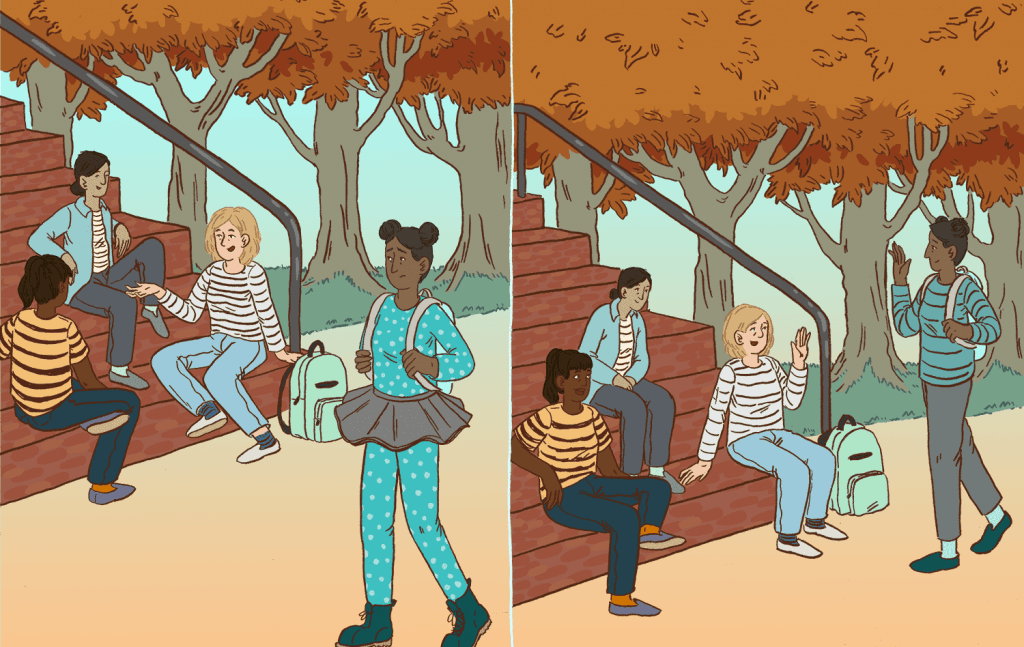Tuesday 4 November 2025
Breaking Free: How to Escape Social Conformity Trap?
Share

The term social conformity is often used to indicate an agreement to the majority of the position and desire to fit in, liked, desire to be correct or simply to conform to a social role. The word came from the Latin word, Complere which means to fulfil or accomplish.
Here are some examples of social conformity you can see around in your daily life:

People socially conform to group norms and indefinite values due to several reasons. Some of them are as follows:

Several factors influence social conformity are mentioned below:
Larger groups 6 lead to stronger conformity pressure, as individuals feel a heightened need to align with the majority.
Conformity increases with group unanimity, minimizing dissenting opinions and fostering doubt.
Greater emotional bonds amplify conformity as individuals strive for group harmony.
Higher-status groups induce more conformity due to perceived credibility.
Collectivist cultures emphasize conformity, while individualistic cultures prioritize autonomy.
Conformity rises in ambiguous situations lacking clear guidance.
Public responses boost conformity for social approval, private responses reduce it.
Lower self -esteem increases conformity, higher self-esteem can resist it.
Several experiments were conducted to study the nature of social conformity and the way it affects the mindset of people who experience it.
If an individual is influenced the majority and becomes compliant to others, this is known as conforming. Kelman (1958) argued that there are three types of conformity: internalization, compliance and identification.
A study by Sherif (1935) tested the effects of informational social influence and conformity. Later on, Asch (1951) conducted a research study looking at the effects of normative social influence and conformity on individuals.
Zimbardo (1973) studied conformity to social roles in order to demonstrate how certain roles have behaviors expected from society. These studies demonstrate how an individual may behave due to social influence in a set up environment that can then be related to real world situations.
Sherif (1935) researched whether an individual can be influenced by others when doing an ambiguous task, one where the answer is not always clear. He conducted a laboratory experiment and used the autokinetic effect where a light appeared to be moving, but really it was a visual illusion.
Social psychology distinguishes between two reasons for conformity. Informational conformity occurs when one adopts the view of others because others are assumed to possess more knowledge about the situation. Normative conformity refers to the act of conforming to the positive expectations of others in order to be liked and accepted by them.
Recognize when youre conforming. Reflect on your thoughts, actions, and choices. Ask yourself if youre doing something just because others are.
Challenge societal norms and assumptions. Why do we follow certain rules? Are they truly beneficial or just tradition?
Celebrate your uniqueness. Embrace your quirks, interests, and passions. Remember that being different is a strength.
Analyze information independently. Dont blindly accept what others say. Investigate, research, and form your own opinions.
It takes courage to swim against the current. Be brave enough to express your authentic self, even if it means standing alone.
Engage with people from various backgrounds. Exposure to different viewpoints helps break conformity.
Define your own path. What matters to you? Pursue your dreams, not societys expectations.
Peer pressure often drives social conformity among teenagers and young adults. They may conform to fit in with their friends or classmates.
Workplace culture and norms can lead to conformity. Employees may adjust their behavior to align with company expectations.
The influence of social media encourages conformity. People may conform to trends, follow influencers, and seek validation through likes and comments.
Cultural norms and religious practices dictate how individuals should behave. Conforming to these expectations is common.
The fashion industry thrives on conformity. People often adopt the latest trends to feel accepted.
Groupthink can lead to conformity. Individuals may suppress dissenting opinions to maintain harmony within a group.
Advertisements and marketing campaigns encourage conformity by promoting products as essential for social acceptance.
Newsletter
Stay up to date with all the latest News that affects you in politics, finance and more.